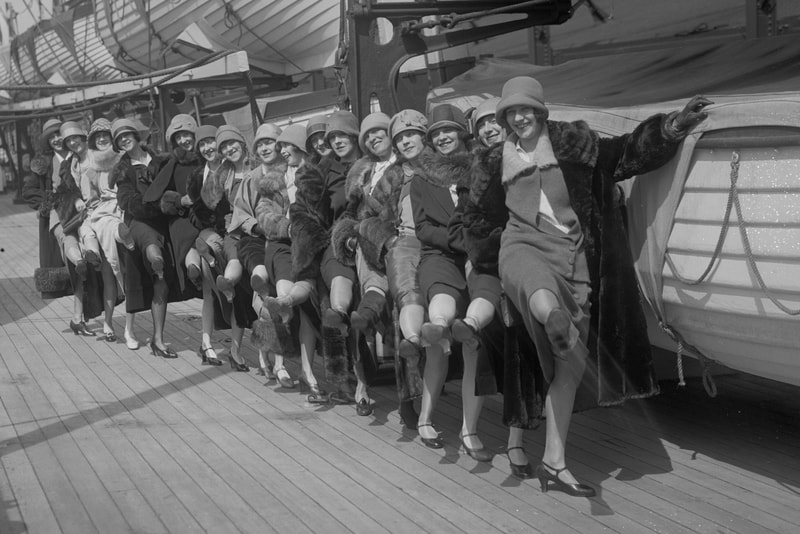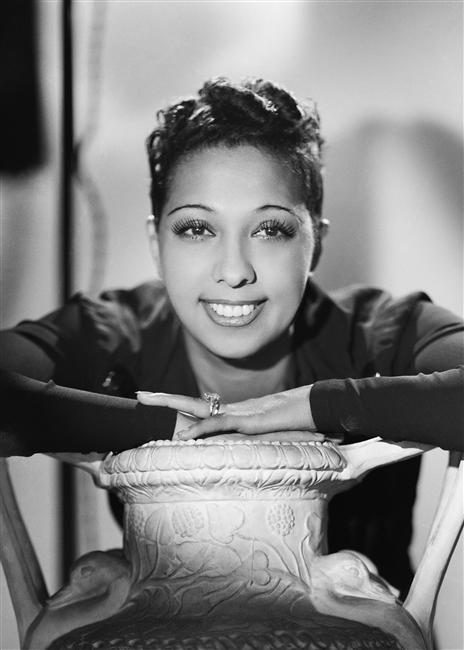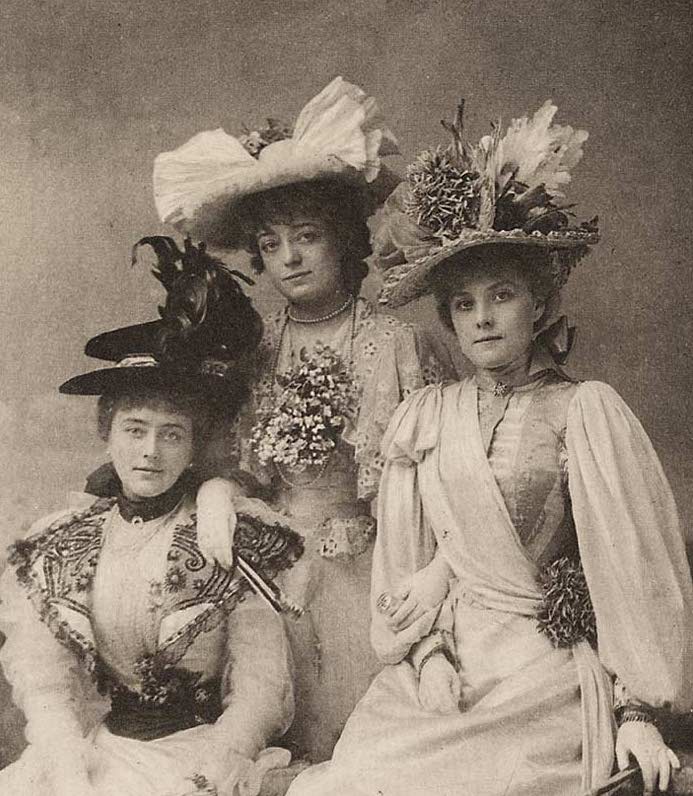A History of The Chorus Girl
(original working title Darlings of the Chorus)
NOTES: The history of show-dance and the chorus line around the world. In the early days Bright Thoughts acquired the rights to a book The Natural History of The Chorus Girl by Derek and Julia Parker. Goldcrest Film TV assisted with the original research to develop the show as a 90 minute spectacular, or as 10 x one hour programmes.
Neil Anthony, Creative Director
Darlings of the Chorus
(original working title)
"The amazing story of the chorus girls, from the railroad shows of the American Wild West to the high-kicking can-can dancers of the Folies Bergere, from the musical extravaganzas of the Busby Berkeley to the sophisticated dance routines of today.
"Darlings of the Chorus is a kaleidoscope of entertainment, a history of the chorus girls told in dance, music and drama. Chorus girls have often been taken for granted - and have sometimes been taken for worse. Gossip columnists have given them a reputation, and a fickle public has accepted it.
"The true story is very different, and this series tells it all. Exploited, over-worked, frequently underpaid, chorus girls have played a part in the history of entertainment which has rarely been acknowledged.
"Darlings of the Chorus shows how the role of dancing girls has evolved through history. Dancing girls are represented in the cave paintings of prehistoric man, in the fertility danced of primitive society, in voodoo ritual, in the dances of ancient cultures of the Far East, in the harems of the Orient. Girls dance for the men of the prairie camps of the American Wild West, in the minstrel shows which first developed the routine of chorus girls in unison in the can-can of Toulouse Lautrec's Parisian night-clubs, as the Gaitey Girls of Victorian London.
"The modern kick-line was developed by Manchester cotton king John Tiller, who used his observation of military parades to train the dancers who became the Tiller Girls. In America, girls danced in the Ziegfeld shows, as the Flappers of Broadway, in the Prohibition era speakeasies, in the exotic and erotic kaleidoscopes of Busby Berkeley's movie musicals.
"Chorus girls entertained the troops in two world wars, and at London's Windmill Theatre played to capacity houses in the middle of the blitz. They featured in the variety shows of early television, reviving the link between dancing girls and the comedians of vaudeville tradition. More recently, the traditional chorus line has split into the individual dance routines of musicals like Hair, Jesus Christ Superstar and Cats, and the dancers have taken to ice and gone under water ... But the chorus girl survives - in spectacular shows of Las Vegas, at the Folies Bergere, and in exotic rebirth in the cities of the Far East.
"Darlings of the Chorus tells the fascinating story of the dancing girls from earliest times to the present. All the actual dances will be recreated for the project - there will be no library footage of dancers or dance routines and no clips from film musicals or television shows. The history of the dancing girls will relate to events of the time and will refer to the many people who influenced the development of the chorus line.
"Darlings of the Chorus is a history re-enacted for todays audiences. The chorus girl will live again."
"Darlings of the Chorus is a kaleidoscope of entertainment, a history of the chorus girls told in dance, music and drama. Chorus girls have often been taken for granted - and have sometimes been taken for worse. Gossip columnists have given them a reputation, and a fickle public has accepted it.
"The true story is very different, and this series tells it all. Exploited, over-worked, frequently underpaid, chorus girls have played a part in the history of entertainment which has rarely been acknowledged.
"Darlings of the Chorus shows how the role of dancing girls has evolved through history. Dancing girls are represented in the cave paintings of prehistoric man, in the fertility danced of primitive society, in voodoo ritual, in the dances of ancient cultures of the Far East, in the harems of the Orient. Girls dance for the men of the prairie camps of the American Wild West, in the minstrel shows which first developed the routine of chorus girls in unison in the can-can of Toulouse Lautrec's Parisian night-clubs, as the Gaitey Girls of Victorian London.
"The modern kick-line was developed by Manchester cotton king John Tiller, who used his observation of military parades to train the dancers who became the Tiller Girls. In America, girls danced in the Ziegfeld shows, as the Flappers of Broadway, in the Prohibition era speakeasies, in the exotic and erotic kaleidoscopes of Busby Berkeley's movie musicals.
"Chorus girls entertained the troops in two world wars, and at London's Windmill Theatre played to capacity houses in the middle of the blitz. They featured in the variety shows of early television, reviving the link between dancing girls and the comedians of vaudeville tradition. More recently, the traditional chorus line has split into the individual dance routines of musicals like Hair, Jesus Christ Superstar and Cats, and the dancers have taken to ice and gone under water ... But the chorus girl survives - in spectacular shows of Las Vegas, at the Folies Bergere, and in exotic rebirth in the cities of the Far East.
"Darlings of the Chorus tells the fascinating story of the dancing girls from earliest times to the present. All the actual dances will be recreated for the project - there will be no library footage of dancers or dance routines and no clips from film musicals or television shows. The history of the dancing girls will relate to events of the time and will refer to the many people who influenced the development of the chorus line.
"Darlings of the Chorus is a history re-enacted for todays audiences. The chorus girl will live again."





